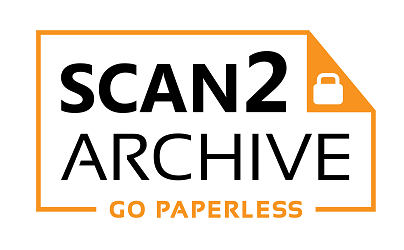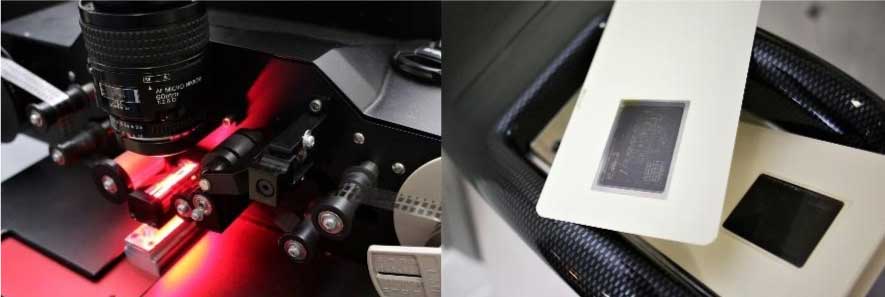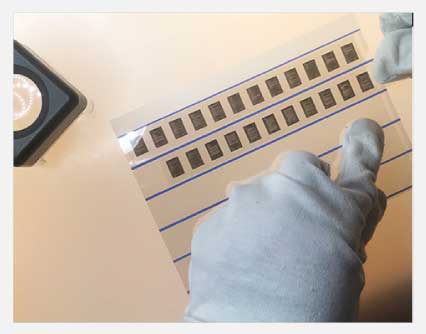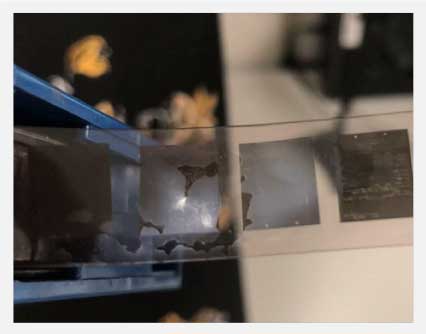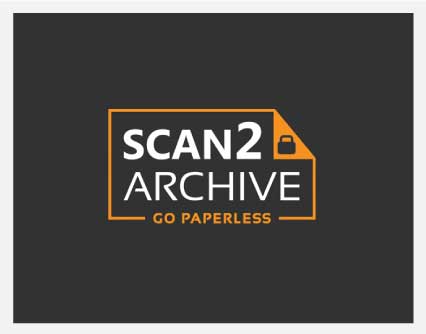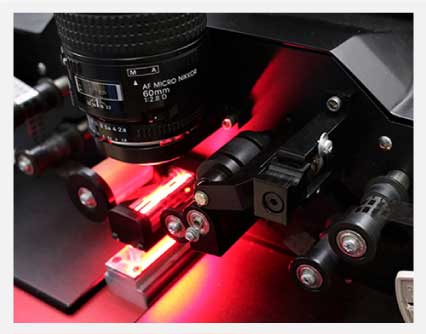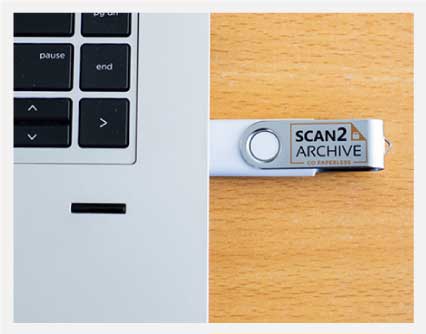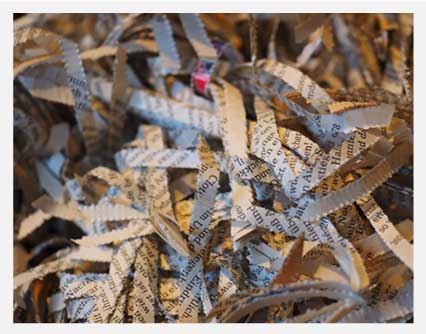MICROFILM SCANNING
Many thousands of records can be archived on Microfilm and Microfiche. The retrieval of this information is very time consuming and unproductive. Scan2Archive have the expertise and specialised systems to offer Microfilm and Microfiche scanning for 16mm & 35mm microfilm, aperture card and microfiche.
After conversion, these valuable records may be easily retrieved as single and multi-page PDF or PDF/A documents with text-recognition and search capabilities, or alternatively as high resolution TIFF images.
At Scan2Archive we have been converting microfilm and microfiche to digital files for over 20 years. During this time, we have worked with Councils, Hospitals, Financial Services providers, State Government departments, Engineering and Mining companies, to name a few.
OUR EXPERTISE IN MICROFILM SCANNING
At Scan2Archive we have been converting microfilm and microfiche to digital files for over 20 years. During this time, we have worked with Councils, Hospitals, Financial Services providers, State Government departments, Engineering and Mining companies, to name a few.
The types of documents historically held on microfilm and microfiche has included:
TO FIND OUT MORE ABOUT OUR MICROFILM SCANNING SERVICES FOR YOUR BUSINESS, CONTACT US TODAY FOR A FAST, OBLIGATION-FREE QUOTE.
DEGRADATION OF FILM:
WHY YOU SHOULD DIGITISE YOUR MICROFILMS
Correct storage and handling of microfilm and fiche is important for long term preservation. Reference copies of film and microfiche should be stored in a clean, dark, climate-controlled environment, preferably between 18 and 22 degrees Celsius and relative humidity between 45 and 55. After use, microfilm and fiche should be immediately returned to its storage packaging as extended exposure to light can adversely affect the film.
Microfilm produced pre-1990 was generally acetate-based film and more susceptible to decay (if stored and handled incorrectly) than the polyester-based film introduced in the 1990s.
The breakdown and deterioration of acetate-based film and fiche can be associated with a sour vinegar smell known as vinegar syndrome. The film may become brittle as the emulsion and film base can separate. You may also notice the film sticking together in its rolled state inside the storage cartridge or on the reel.
STEPS IN DIGITISING YOUR MICROFILM
OR MICROFICHE ARCHIVES
OBTAIN A
QUOTATION
Our preference, and is the best way to do this, is to scan a sample set of rolls or fiche. This allows us to see how the information was originally filmed and provide a scope of work and quotation best suited to the customer’s needs.
CHOOSE A
DIGITAL PARTNER
Review quotations and sample scanned microfilm or microfiche. Compare your quotations and ensure you are reviewing like for like. Some proposals will offer per page pricing and others per roll or fiche pricing. There may be additional charges for collection and transportation of materials, preparation, Optical Character Recognition (OCR), secure destruction of microfilm, file conversion and supply of digital files.
SCHEDULE THE
COLLECTION OF MATERIALS
The chosen digitisation partner will schedule the secure collection of materials to be scanned.
Scan2Archive staff collect and transport the micro media to our scanning facility. This alleviates the possible mishandling of materials by third party freight forwarders. Our staff are experienced in the handling of sensitive and archival materials. The use of our own vehicle and staff ensures Scan2Archive retain firsthand control of the materials from the point of collection to return.
PREPARATION PRIOR
TO SCANNING
The source materials are all inspected to ensure they are in a suitable condition to be scanned. Microfilm and fiche are dusted as required and sorted in suitable batches.
Checks are conducted for damage to materials and repairs carried out where possible (a variance is raised for any materials unsuitable for digitisation).
Loose frames are repositioned into their correct channel or transferred to new micro media jackets if required.
SCANNING
Scan2Archive digitise all microfilm and fiche using FlexScan professional microfilm scanning equipment.
FlexScan uses superior camera technology that produces incredible speed, precision and uniform output. Scanned images are sharper with better edge definition as FlexScan uses fibre optics as its light source, eliminating hotspots and uneven lighting.
Image enhancement software and hardware will be applied for maximum legibility and text search capability. Following scanning, the images will be processed through OCR text search software (handwritten information is not recognised, only printed / typed text).
POST
PREPARATION
Our team creates a file variance document to log any quality discrepancies. This document is completed by the preparation, scanning and quality control teams. The Operations Manager will review the file variance document daily and flag files to be re-scanned or returned to the customer if they do not meet the quality specifications for digitisation.
FILE NAMING AND
IMAGE DELIVERY
File output and naming conventions are confirmed with the customer. The most common file format for microfilm and fiche projects is PDF or PDF/A.
Digitised files are delivered via a secure FTP link or portable USB hard drive on an agreed schedule with the customer.
RETURN OR DESTRUCTION
OF MATERIALS
Prior to secure destruction of materials, Scan2Archive will request customer approval to do so. Materials are industrially shredded and pulped, and a certificate of destruction is provided. Alternatively, the materials can be securely returned to the customer’s office.
